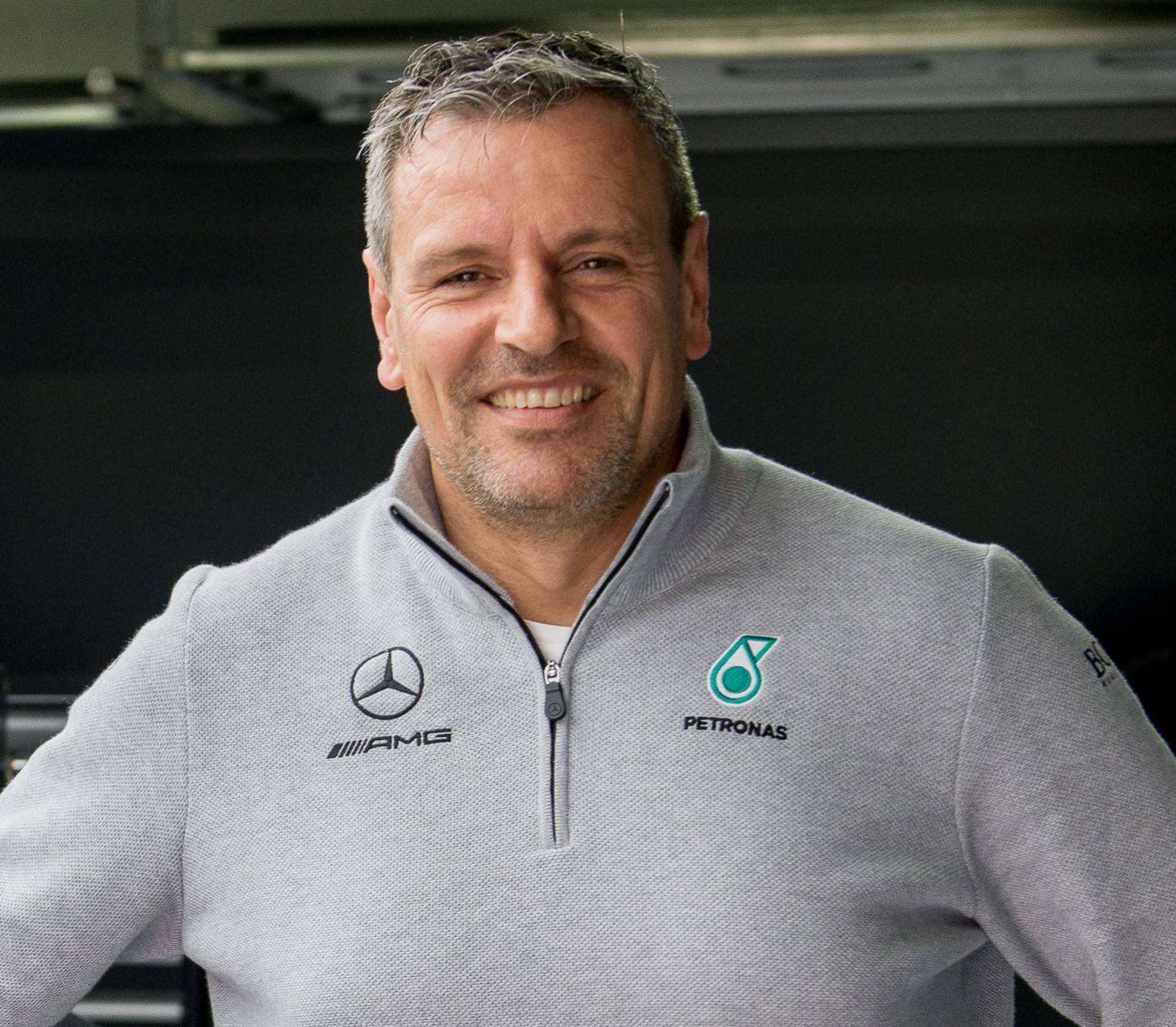DTM: The challenge will be much harder this year
 |
| Hubert Hugle |
New season, new cars: Hubert Hugle (Head of Race Car Development) tells us what challenges the team had to face while developing the new Mercedes-AMG C 63 DTM and how the drivers influenced its development.
- Homologation of the Mercedes-AMG C 63 DTM completed on 1st March
- Final tests before season opener at same venue in Hockenheim
- Hubert Hugle: "The challenge is much harder, because the scope of the changes is much greater this year, which also obviously means that there’s more freedom to introduce new ideas."
A new set of rules, new aerodynamic regulations and new tires, the Mercedes-AMG Motorsport DTM Team faced plenty of fresh challenges when developing the new Mercedes-AMG C 63 DTM for the 2017 season. The team is just completing the final round of testing at Hockenheim before the season kicks off at that same venue. Hubert Hugle (Head of Race Car Development) sets out what is important in the development of a new DTM racing car.
What’s the biggest challenge when developing a new car? Will it be harder this year than it was in 2015 – 2016 when the existing aerodynamics had to be modified to suit the new shape?
Hubert Hugle: Our task has definitely been made tougher this year merely by the fact that important standard components have been introduced, such as the front diffuser and the subfloor. You then have to practically develop the car around these existing new parts. The move from 2015 to 2016 was ‘only’ an update, and we had to maintain the status quo as regards to aero performance, but the aim of the changes to the regulations for 2016 to 2017 is to downgrade aero performance by 25 percent.
Plus, there was also a large list of parts which had to be developed and finished on time, and the challenge this year was much greater than in 2015, because of the scope of the changes. But there’s also much more freedom for new ideas. The risk of suffering a drop in performance was not all that great from 2015 to 2016.
As we saw, the cars were relatively similar in performance on average.
Might there be bigger differences in performance this year?
Hubert Hugle: I don’t think for one moment that the new regulations will mean that anyone will be left trailing. The number of standard components used, even in the aero area, already reduces the chance of getting things completely wrong, but the devil is in the detail and can make a big difference.
 |
| Oh no! More pink race cars |
What has been the biggest challenge so far?
Hubert Hugle: Just getting ready for winter testing was a huge challenge. We expended a lot of energy in prepping standard components for testing in the winter, so the troops were already under a lot of stress. We’ve been working flat out since the middle of last year, just because of these winter tests.
How important is it to get some input from the drivers when developing the car?
Hubert Hugle: It’s a combination of a lot of things. The data are facts that need to be understood, but what the driver has to say is still very, very important. He can put the way the car drives into words, and then you can get the overall picture by combining that with the data.
Is it important that you use the same driver throughout for testing, or does it not particularly matter who is at the wheel?
Hubert Hugle: What’s definitely important is to have a driver in the car who can give useful feedback. There are certain drivers who are very good at testing. The driver has to be able to do his best independently of how he might feel or his current personal form. That can obviously be very tiring. In that respect, it’s extremely important to have someone like Gary Paffett as a development driver who can help you a great deal with his understanding of the car overall.
So it’s not necessarily the title contender who should do the testing, as it depends on the feedback the driver can give?
Hubert Hugle: That’s right! The driver simply has to feel why the car is behaving differently. We have only the facts, the times. For example, we have to get feedback from him about how the clouds, the rain etc have affected the track. These are things that the driver has to tell us. He must also tell us if he was at fault, let’ s say perhaps, because he pushed too much at the start. The driver is crucial in tire development. It is, therefore, vital that you use drivers who are known for their good development work in testing.
Does the new car have any particular highlights that you especially like?
Hubert Hugle: There are certain aero parts, the shape of which I as a specialist have never seen before. They are my personal favorites and are also what I find the most interesting. People often ask us: “The regulations are the same, so how did you suddenly hit upon this or that particular idea?" But that’s what happens when different people interpret a regulation.
